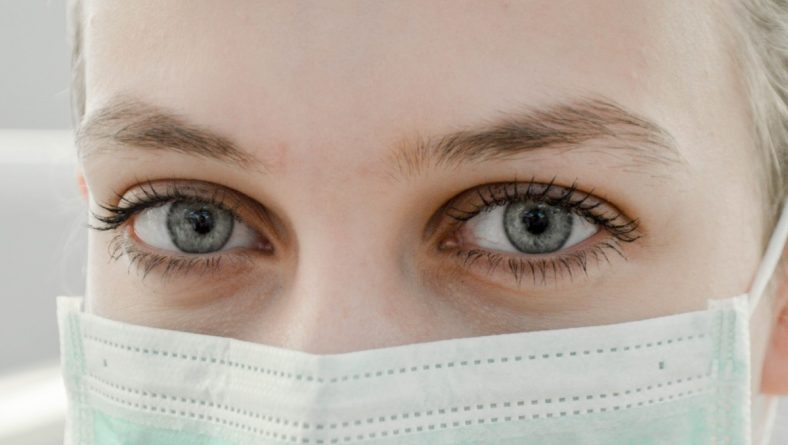Caract Surgery | Accent Eye Care
CATARACT SURGERY
A cataract is a condition in which the lens of the eye is clouded by the accumulation of clumps of protein or a yellow-brown pigment. The accumulation of pigment is usually caused by aging. However, there are other causes too. It can be caused by radiation exposure or prolonged exposure to sunlight. It could also be present from birth and could also be as a result of other medical problems.
A cataract will usually develop slowly and can affect one or both eyes. Some of its symptoms include faded colors, yellow vision, photosensitivity, and poor night vision.
As a result of these symptoms, the sufferer will have trouble doing normal tasks like reading, using a computer and driving. They may also find it difficult to recognize the faces of people they know. People with cataracts have reduced visual acuity and so they are more prone to accidents, hence the need for cataract surgery.
UNDERGOING CATARACT SURGERY
However, not everyone who has cataracts needs surgery. All they need may just be prescription glasses. Of course, only a doctor can determine whether or not they need surgery.
Nevertheless, the only way to remove a cataract is by surgery.
THE PROCESS
The patient is first given eye drops to dilate the pupils. They are then given anesthetics and finally sedatives. All these make the process easier as the patient is usually awake during the process.
The patient’s already cloudy lens is removed either by a process called phacoemulsification or using a laser. The natural lens is then replaced with an artificial lens called an intraocular lens (IOL).
During phacoemulsification, the surgeon makes an incision on the lens and inserts a needle probe, which uses ultrasound waves to break up the cataract (emulsification). The fragments of the cataract are then suctioned out.
In the case of laser-assisted surgery, a laser is used to soften the cataract for removal.
RISKS
Although cataract surgery is relatively easy and safe to perform, it also carries some risks along with it.
Some of these risks include:
• Eye infections
• Swelling of the eye
• Swelling and/or detachment of the retina
• Loss of vision
• Dislocation of the artificial lens (IOL)
Cataract surgery is easy and safe to perform. Nevertheless, you should consult regularly with your doctor post-surgery to ensure that nothing else goes wrong. Remember, a stitch in time saves nine.










 powerhousegroup.net
powerhousegroup.net